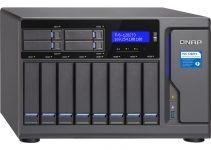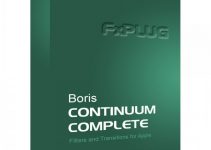There are many techniques that can enhance your editing skills as we’ve covered a handful of them throughout the recent months, but this one, in particular, can help you to significantly improve the performance of your talents and take your production to a whole new level. Actually, it’s a technique that is highly utilised by David Fincher‘s editors Angus Wall and Kirk Baxter who often implemented it in their workflow to enhance the performance of actors, thus making the scene as flawless and seamless as possible.
There is only one main consideration, though. To apply this technique in your work and take advantage of it, you need to frame your shots in a certain way. You simply have to film smooth and steady as possible putting aside handheld style shooting in any form. Here are a few examples how you can make this work out.
In essence, this technique enables you to manipulate and alter every element in an individual frame in order to achieve better performance and timing, thus creating an overall improved take that serves the story better than any take you’ve got on set. David Fincher’s clinical cinematography approach towards framing is well-known, as he mostly uses cranes, dolly systems or tripods for his films to produce extremely fluent and smooth shots.
This technique is exceptionally efficient when you want to fine tune the pacing and timing of dialogue in a certain scene. You can even change and use an entirely new take of an actor to make it work in the best possible way.
In your NLE of choice or After Effects, all you have to do is to isolate the portion of the frame that you want to change by creating a mask and then substitute it with the take that suits the scene in the best possible way. You can even alter scene’s duration, add or cut pause between the lines to build even more suspension and make the scene even more appealing to watch as shown in the example above.
Overall, this is a very powerful workflow that lets you manipulate both time and performance of your actors within a certain scene. It’s just like edit in the edit itself and another great way to achieve the best possible results out of the performance of your actors. Sure, it’s definitely more time-consuming than a regular editing, but the extra effort definitely pays off in the end.
The ability to have such a control over each frame makes the final experience for the audience really unique and special as it let filmmakers put the best possible performance of their actors in the final edit of the film. As long as the camera is locked down you as an editor have the freedom to create an entirely new take combining the best actors’ performance and get the timing right. As a rule of thumb, this is hard to be achieved, especially when you are editing a full-length feature film.
[via: Cinescopophilia, source: Ben Gill]
Disclaimer: As an Amazon Associate partner and participant in B&H and Adorama Affiliate programmes, we earn a small comission from each purchase made through the affiliate links listed above at no additional cost to you.




Please save me from Finscher wannabes.